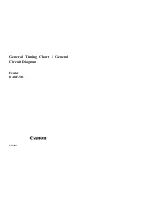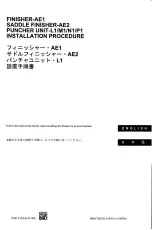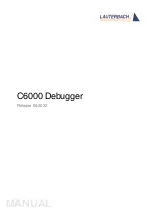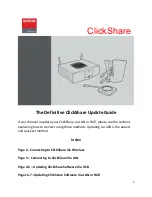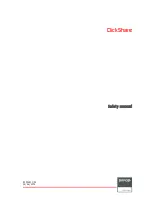
SKU 92496
PAGE 5
SPEcIfIc SAfETY RUlES
1.
Maintain labels and nameplates on the Heavy Duty Welding Kit.
These carry
important information. If unreadable or missing, contact Harbor Freight Tools for
a replacement.
2.
Maintain a safe working environment.
Keep the work area well lit. Make sure
there is adequate surrounding workspace. Always keep the work area free of
obstructions, grease, oil, trash, and other debris.
3.
Prevent eye injury and burns.
Wearing and using personal safety clothing and
safety devices reduce the risk for injury. Wear ANSI approved welding goggles (such
as those included in this kit) featuring at least a number 10 shade lens rating. Leather
leggings, fire resistant shoes or boots should be worn when using this product. Do
not wear pants with cuffs, shirts with open pockets, or any clothing that can catch
and hold molten metal or sparks. Keep clothing free of grease, oil, solvents, or
any flammable substances. Wear dry, insulating gloves and protective clothing.
Wear an approved head covering to protect the head and neck. Use aprons, cape,
sleeves, shoulder covers, and bibs designed and approved for welding and cutting
procedures. When welding or cutting overhead or in confined spaces, wear flame
resistant ear plugs or ear muffs to keep sparks out of ears.
4.
Prevent accidental fires.
Remove any combustible material from the work area.
When possible, move the work to a location well away from combustible materials. If
relocation is not possible, protect the combustibles with a cover made of fire resistant
material. Remove or make safe all combustible materials for a radius of 35 feet
(10 meters) around the work area. Use a fire resistant material to cover or block all
open doorways, windows, cracks, and other openings. Enclose the work area with
portable fire resistant screens. Protect combustible walls, ceilings, floors, etc., from
sparks and heat with fire resistant covers. If working on a metal wall, ceiling, etc.,
prevent ignition of combustibles on the other side by moving the combustibles to a
safe location. If relocation of combustibles is not possible, designate someone to
serve as a fire watch, equipped with a fire extinguisher, during the welding process
and for at least one half hour after the welding is completed. Do not weld or cut on
materials having a combustible coating or combustible internal structure, as in walls
or ceilings, without an approved method for eliminating the hazard. Do not dispose of
hot slag in containers holding combustible materials. Keep a fire extinguisher nearby
and know how to use it. After welding or cutting, make a thorough examination for
evidence of fire. Be aware that easily visible smoke or flame may not be present for
some time after the fire has started. Do not weld or cut in atmospheres containing
dangerously reactive or flammable gases, vapors, liquids, and dust. Provide
adequate ventilation in work areas to prevent accumulation of flammable gases,
vapors, and dust. Do not apply heat to a container that has held an unknown
substance or a combustible material whose contents, when heated, can produce
flammable or explosive vapors. Clean and purge containers before applying heat.
Vent closed containers, including castings, before preheating, welding, or cutting.





















